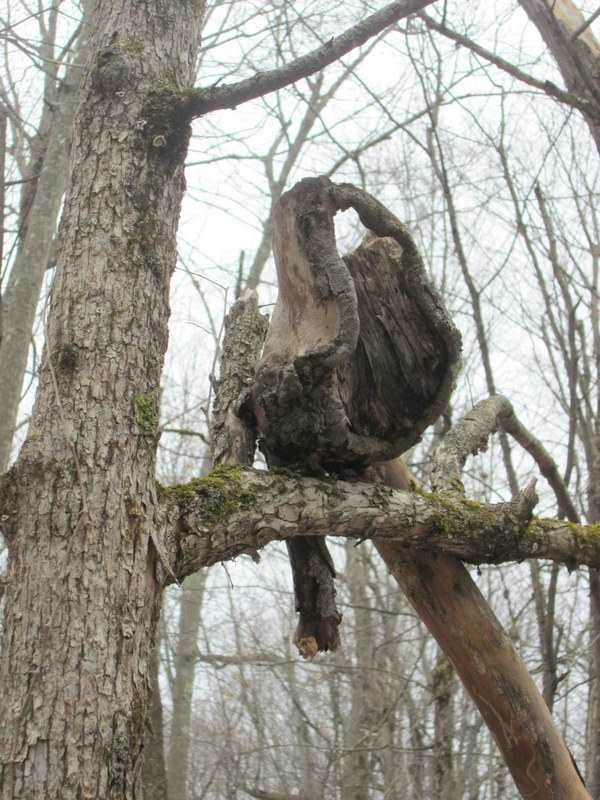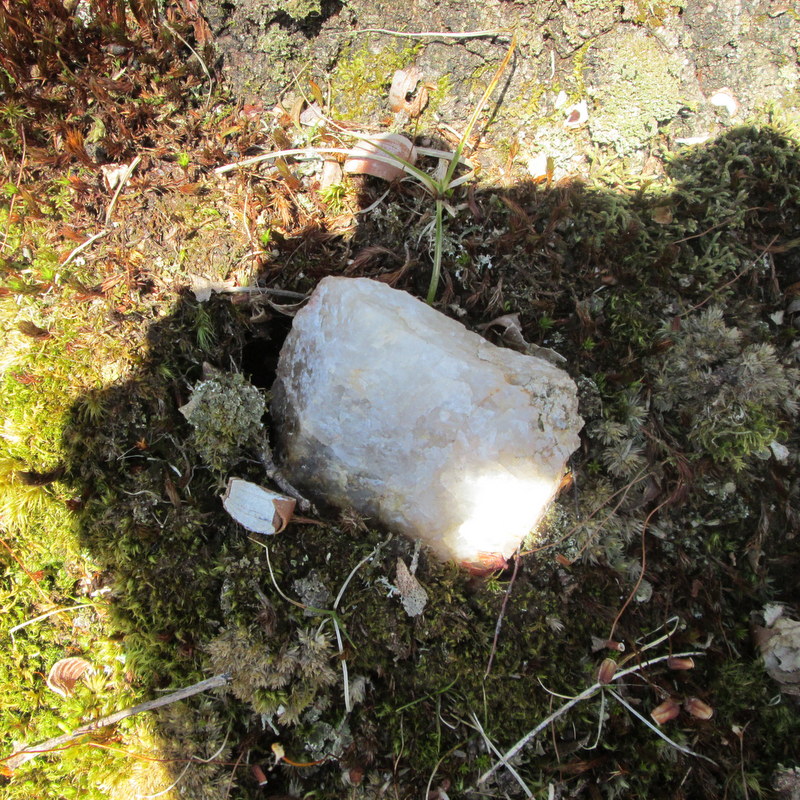Dear Beth,
We have a tradition since you moved away. Every spring, I post pictures for you of the trilliums that bloom in my woods. I have the white ones and one very large red that you really like. They appear every year at the far corner of my property by the beaver pond. I thought I wouldn’t be able to keep my promise this year. You see, I broke my ankle in the Golan Heights in Israel near the Lebanon and Syria borders. No, I was not chased by spies or knocked over by a stray missile. I slipped on a rock and my rear end landed on my foot. I see my doctor on May 26 but he gave me instructions not to walk on uneven ground until then. I was afraid I would have to break my promise to you. But I’m stubborn and I don’t give up. The woods is all around me. There had to be trilliums closer.
I went up to my storage room and found my Vasque hiking boots that I had purchased at the Eastern Mountain Store in Lake Placid about 25 years ago. I reasoned that they would give my ankle support. The boots renewed memories of a long ago chapter in my life. They are leather, waterproof and had been carefully fitted to prevent “toe jam” (hiking term for toes sliding to the front of the boot on steep declines). I conquered eight of the Adirondack High Peaks in those boots and got my picture in The ADK 49’s Newsletter by being a member of the first all woman volunteer trail maintenance group.
For this adventure, I washed the laces and gave the leather a new coat of polish. I sprayed myself down with Deep Woods Off and put my camera and phone (I’m at that age where back up is important) in my fanny pack and hiked into my woods.

I was on a treasure hunt, a special mission to find something that was prized by you and me. I focused like I never focus before. I passed some of my beautiful rocks, they are granite, huge, and ancient.
I wondered if this is where my fox lived.

I took note of the dead tree sculptures.



Captivated, I was startled by what I incorrectly thought to be an owl in a tree branch rather close to my head.

I walked up to the big outcropping that my kids had so long ago named “dancing rock”.

I marvelled at the stand of hemlocks where the deer bedded during the winter and ate from the low hanging branches.

I paid my respects to a special tree. I used to bring my second grade class to my woods for a field trip and a nature scavenger hunt. In its youth, the tree had taught my students a vivid lesson with it roots clutched around a rock, a sure sign of perseverance and resilience.

Beth, I decided to be a true explorer and go to some the parts of my woods I had never gone to before. My eyes scanned the ground searching for green or any color that contrasted with the dead brown leaves. I was rewarded but no trilliums.


I found patches of green that I stubbornly tried to wish into trilliums but I had done my research and they they didn’t have the right characteristics.

The word trillium contains the prefix “tri” that means three, three petals and three leaves. One of my Canadian nature books told the story of James Burns Spencer who after WWI wanted to make the trillium the flower of Canada since it symbolized purity, The Holy Trinity, and Great Britain which consisted of three parts, England, Scotland, and Ireland. He failed but in 1937 because of the efforts of some high school students the plant became the flower of the province of Ontario, Canada.

I also learn that they appear in the time between thawing and the leafing out of deciduous trees. They are sensitive to temperature and grow in the woods because it is warmer there than in open fields. They like the the north side of sheltered areas. Away from the wind they rely on insects to pollinate them. The white trilliums attract insects to their beautiful flat landing strip flower petals. All trilliums have seeds. Ants love the nutritious green handles on the seeds and drop the rest. Birds also engage in spread with their droppings. It takes seven years for a seed to finally mature into plant with a flower. That’s why it is important to protect them by not picking them.
The red trilliums are a little different. They really like acid soil and they have a horrible smell. In fact, in some circles over the centuries they have been called “Stinking Benjamins”. They are pollinated by carrion insects, scavengers that feed on rotting remains.
Armed with these facts, I knew I wouldn’t find trilliums in the hemlocks and that also I need to look for sheltered places on the north side of things.
I spotted something green.

Beth, you can’t image how excited I was. Could it be?

Yes! I moved around carefully!

I even found a “Stinking Benjamin”!

In, fact, I found a few! And as they bloom, Beth, you will have your pictures!
Returning to my backyard, I knew my ankle was fine and I was elated. What an great experience. I guess I was still in a heightened state of awareness when I noticed something white and shiney at the base of small a tree.

I pulled at it and it came out of its place in the earth into my hand. It was a piece of quartz. And Beth, please excuse my poet’s soul, to me it seems to have the shape of a heart.

I have it next to me as I write this letter to you. It will be symbol of the beautiful day I had looking for flowers for a dear friend. To me, it will always represents my love of the woods and the gratitude I have for living in this part of the world. It expresses the bond I have with those in my community who live here, too. People who even when they move away like you have, Beth, still have The North Country in their hearts. Thank you so much, my friend.
Love, Joyce
Copyright@2020 The Autonomous Traveler All rights reserved.


what great property you have! The yellow flowers you found first are trout lilies. What are the next ones?
LikeLiked by 1 person
Thanks, Chris. Will have to look them up. Will call you in the next few days.
LikeLike
Dear Joyce,
I love trilliums, too! We had easily-accessible ones when we lived outside of Harrisville. They were mainly white, but I did find a couple of red ones off the beaten path.
Here, I’ve located some in a strip of woods, and they are the red kind. Thank you for the lesson in botany! And for all the pictures, too…the trout lilies, the spring beauties which I enjoyed at our old place. Do you have any bluets? They would be carpeting the paths in the clearing about now in Harrisville.
I also am fascinated by trees…what they do to grow and survive, and how they continue to contribute to the ecology after they die. I really enjoyed your pictures of them.
I always enjoy your Autonomous Traveler posts, but this one is probably my favorite♥️ so far.
Be well…Bright Blessings!
Joanne H
Sent from my Verizon, Samsung Galaxy smartphone
LikeLiked by 1 person
Thank you, Joanne. I think I have the bluets. I will look for them when the wind and rain die down. Next week? Sorry I’m so late getting back to you but I needed to find something for you. A book I think you will love, The Hidden Life of Trees by Peter Wohlleben. Enjoy, my friend. Stay safe and well.
LikeLike
Reading this was like reading a suspenseful story. I was so excited to keep reading and reading until I knew you had finally found the trilliums. And along the way, I learned so much! So look forward to your words.
LikeLiked by 1 person
Thanks, Terry. This search and the telling were a lot of fun for me.
LikeLike